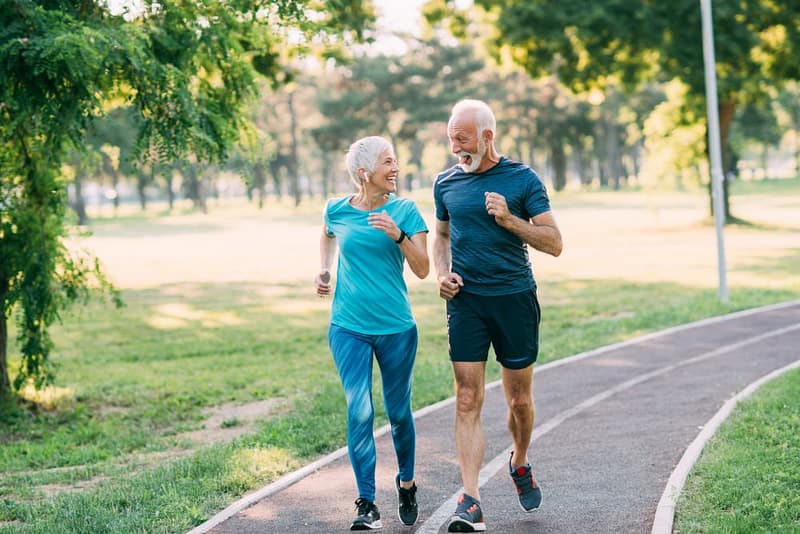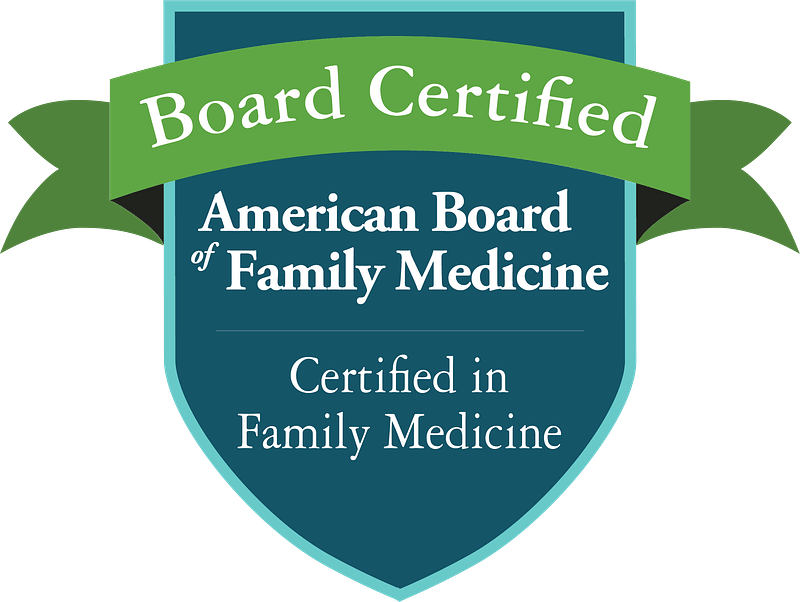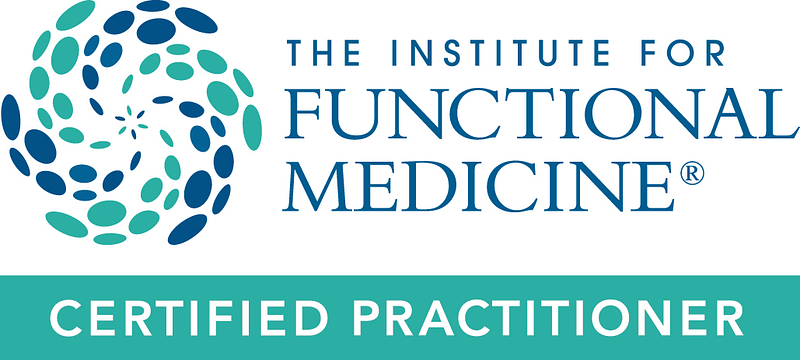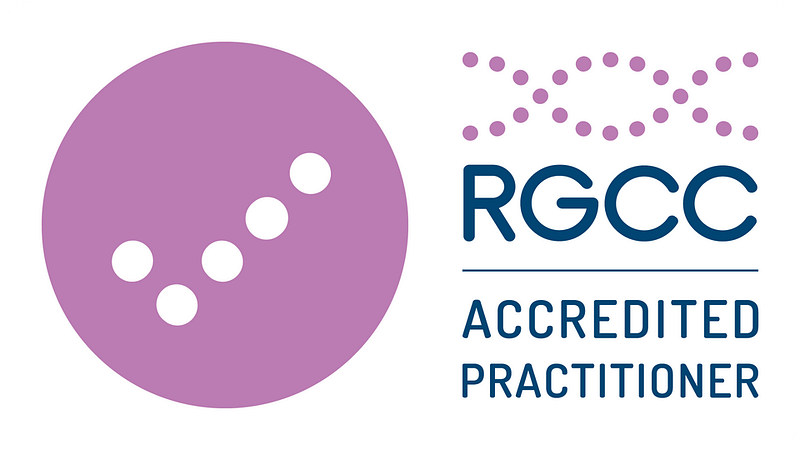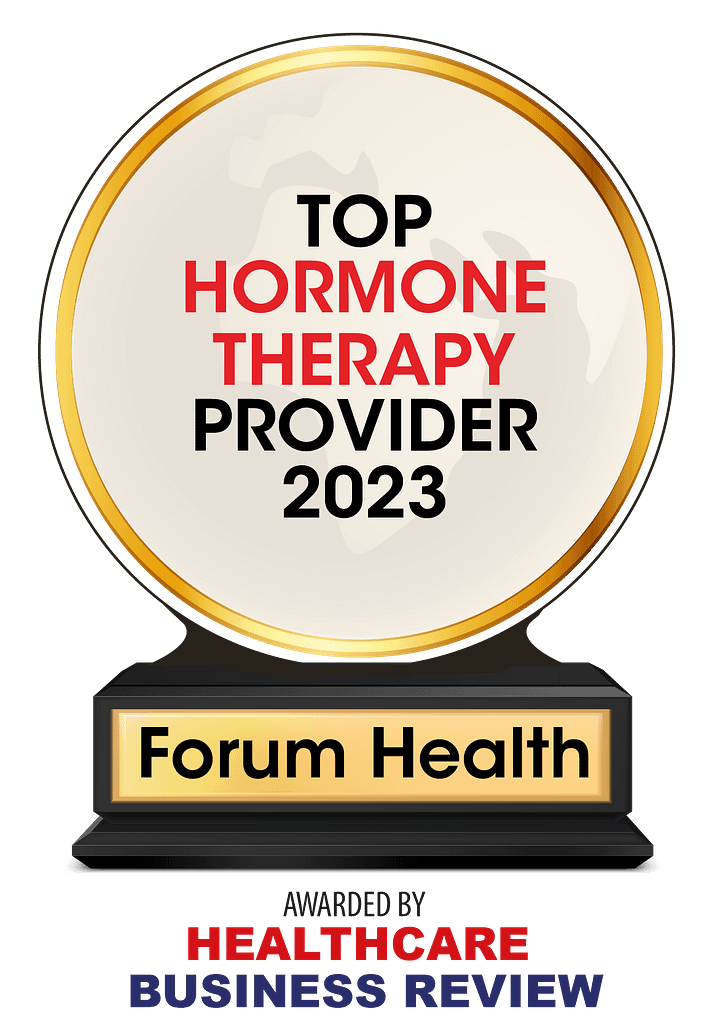by Pamela Shuler, D.N.Sc., C.F.N.P., R.N.
Ed. Note: Pam Shuler, C.F.N.P., authored this article that originally appeared in the Asheville Citizen-Times earlier this year. It is reprinted here to make it accessible to all our readers.
With a life expectancy of 79 years, a woman in the United States may live about half her life in post-menopausal years with diminishing hormone levels that adversely affect all tissues, notably the heart, skin, brain, muscles, and bones.
Osteoporosis is a disease resulting in loss of bone density, which causes an increased likelihood of fractures, particularly of the hip, spine, and wrist. Since osteoporosis often has no symptoms in the early stages, the first clue to the disease may be a fracture. In later stages, loss of height and pain from spinal deformity (kyphosis) occurs. Women’s bone loss is most rapid in the first years after menopause, though it persists throughout life.
Nationally, annual costs of osteoporosis are estimated to be $21.7 billion. Each year, it is responsible for 1.5 million fractures, 300,000 of which are hip fractures, a number expected to soar as baby boomers age. Forty-five percent of women who suffer a hip fracture after age 65 are institutionalized to receive the care they need, and one-third of them die within a year from consequences of immobilization. The effects of osteoporosis can be truly devastating.
Osteoporosis is diagnosed through a painless and noninvasive Bone Mineral Density (BMD) test. Women should have a baseline BMD at age 40. A urine test, Bone Resorption Assessment, measures two chemicals that reflect the rate of bone resorption and can be easily performed to monitor bone loss and effectiveness of therapy between BMD tests.
Some risk factors for osteoporosis cannot be changed. These include a family history of osteoporosis, being female, advancing age, small body size, and Caucasian or Asian ethnicity.
In contrast, we do have control over other significant risk factors such as sedentary lifestyle, poor nutrition, deficient hormones (estrogen, progesterone, testosterone, or growth hormone), cigarette and alcohol abuse, and prescription drug use, notably glucocorticoids (Prednisone), Dilantin, and excessive use of thyroid hormones and antacids.
A failure to build optimal bone mass during bone-building years also increases the risk of developing osteoporosis later in life. Anorexia or an interest in attaining excessive thinness among adolescent girls can impair attainment of optimal bone mass. The postindustrial high-tech age has robbed us of a farm-based lifestyle that had exercise, sunshine, and fresh food from the garden built into it. Sun exposure, weight bearing exercise, and adequate nutrition are all requirements for bone formation.
While early menopause is another risk factor for osteoporosis that cannot be changed, its impact can be modified by natural hormone replacement therapy. Bones are composed mostly of collagen, a protein that provides a soft framework that adds resiliency, and calcium, a mineral that adds strength and rigidity.
Bones are torn down (resorbed) and rebuilt (formed) daily in a biological recycling process. During periods of rapid growth in childhood and adolescence, bone is formed faster than it is resorbed, and bones become denser. Sometime after age 30, resorption slowly starts to exceed the body’s ability to form new bone, and bones become less dense.
While calcium is the mineral often singularly credited with creating bone density, reliance on calcium supplementation alone is not effective for prevention and treatment of osteoporosis. It is true, however, that 99 percent of all calcium in the body is in the bones in a sort of bony bank account, though other minerals make up bone, including boron, magnesium, selenium, silicon, and strontium.
Despite the fact that vegetables have more bio-available calcium than dairy products (About 32 percent of calcium in milk is absorbed, compared to 40 to 64 percent absorption rate of calcium in vegetables.), nutritionists often hold up milk and milk products as the best sources of calcium.
An article published in the February 2003 issue of American Journal of Clinical Nutrition reported results from the Harvard Nurses’ Health Study, which followed over 77,000 women (ages 34 to 59 years) for 12 years. Researchers found that women who drank three or more glasses of milk daily had no reduction in the risk of hip or arm fractures compared to those who drank little or no milk. In fact, the fracture rates were slightly, but significantly, higher for those who consumed this much milk, compared to those who drank little or no milk. The same study revealed that Vitamin D supplementation in postmenopausal women resulted in a 37 percent reduction of hip fractures.
Calcium is typically supplemented in doses of 1,000 to 1,500 mg daily. Vitamin D, which is necessary for the intestinal absorption of calcium, is synthesized in the skin with sun exposure. Typical doses range from 400-1200 IU daily, and higher if Vitamin D levels are monitored.
When the body becomes too acidic from diets excessive in sugar, grains, and meats, the body merely withdraws alkaline calcium from bone to correct the acidity. Because cola beverages contain phosphoric acid, their regular use results in acidic body chemistry that pulls calcium from bone.
A study of 460 ninth and tenth grade girls reported in the Journal of Adolescent Health in 1994 found that girls who had high or vigorous physical activity levels and drank cola beverages were five times more likely to have a fracture than active girls who didn’t drink colas.
What should be eaten to favor alkaline body chemistry? A diet rich in vegetables that are also rich in calcium (broccoli, collards, kale, bok choy, spinach, tofu, dried beans, mustard greens, turnip greens, brussel sprouts, parsley) and smaller amounts of fruit and protein. Non-vegetable sources of calcium include yogurt, cheese, almonds, figs, sardines, salmon, and tofu.
A study published in the American Journal of Clinical Nutrition in July 2002 that assessed diet and osteoporosis found, when comparing two groups of elderly women, those who ate candy daily had 12 percent lower hip bone density than those who favored more fruits and vegetables. Keep in mind that cows build large, dense skeletons eating only “greens.”
Since minerals are taken up only in an acidic environment, determining if the stomach can produce an adequate amount of hydrochloric acid is important. If a Heidelberg Gastric Analysis test reveals that stomach acid production is inadequate, medically supervised supplementation of hydrochloric acid with meals is recommended. (Because Tums antacid tablets neutralize stomach acid, they are not an effective source of calcium supplementation.)
Taking steps to prevent falls, such as using shoes with non-slip soles and not using scatter rugs is prudent. Weight bearing exercise such as walking, jogging, weight training, tennis, and dancing not only stimulates bone building, but also increases muscle strength and balance to reduce the likelihood of falling. After factoring in a woman’s risk for breast and uterine cancers and heart disease, natural hormone replacement therapies may be used to slow bone loss.
Supplementing the mineral strontium looks very promising. A three-year randomized double-blind study of women with osteoporosis using 680 mg of strontium daily resulted in a 41 percent reduction in vertebral fracture risk, and an increase of 11.4 percent vertebrae density in the strontium group, compared with a 1.3 percent decrease in the placebo group.
When it comes to osteoporosis, an ounce of prevention is worth a pound of cure.


